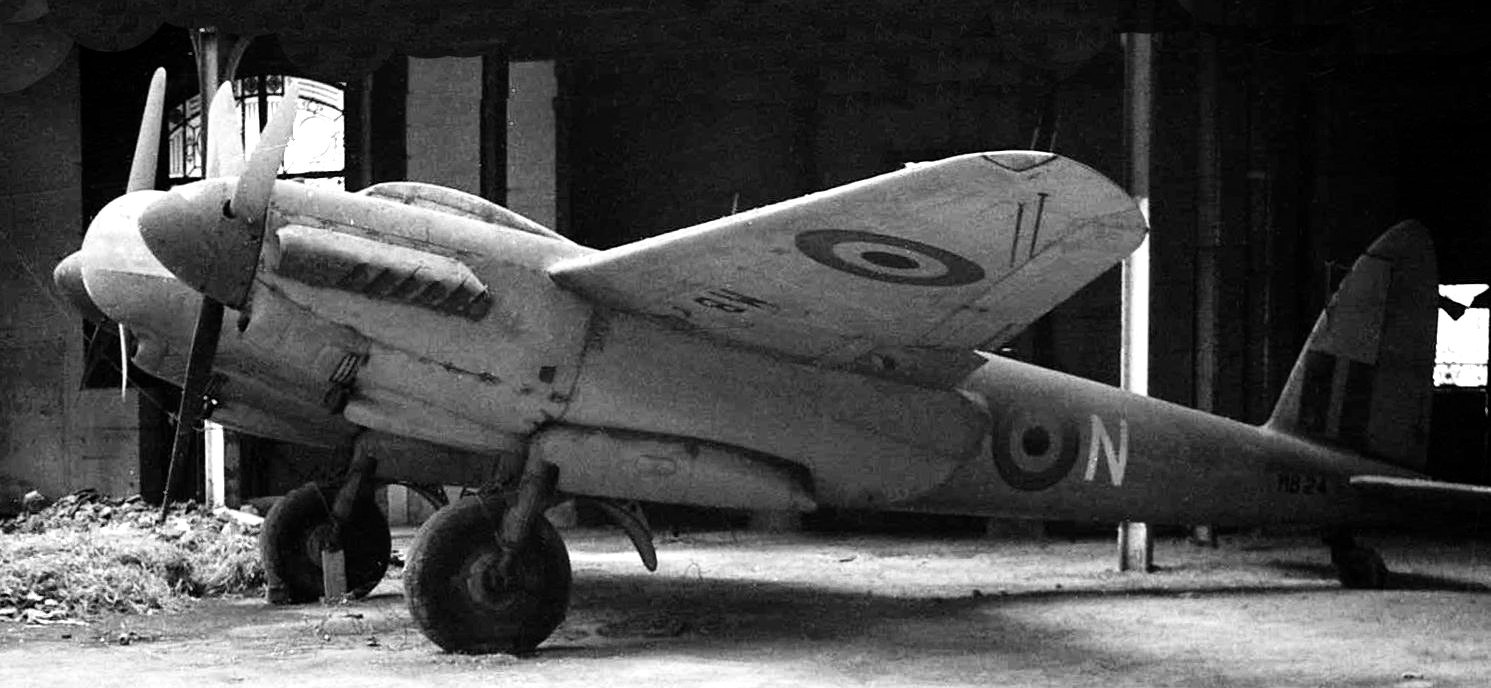 |
||||
|
||||
|
Privacy Policy | Editorial Policy | Profit Policy | Join the Association | List of Members | Contact us | Index | Links |
||||
|
Back Go to page: 1 2 3 4 5 6 7 8 9 10 11 12 13 14 15 16 17 18 19 20 Forward |
||||
|
|
||||
|
Contents:
Caribou A4-173 accident at Hai Yen. Radschool history reconsidered.
|
||||
|
Where are they now? |
||||
|
James Slater.
Ernie Gimm asks if anyone would know the whereabouts of James Slater, a Telsopc in Butterworth in 1960 and lived on Penang. His wife was Patricia and they had three children. They were very good to the pennyless singlies who lived on the mainland at that time. I lost contact after Butterworth.
Roger Bailey is looking for Johnathon Woods or maybe Wood (I only remember we called him Woodie). He was a LAC in the Matra Section at Williamtown in the late 60's and I heard he was a sergeant a decade or so later in Townsville. He was at the Radschool reunion in Brisbane in 2016 but I only saw him for about 5 minutes before he had to leave.. None of us looked the same after 50 years.
|
||||
|
|
||||
|
Sick Parade. |
||||
|
John Griffiths.
John went into Greenslopes hospital (Brisbane) on Thursday 28th May to have a thyroid problem repaired. Thankfully they fixed him up, he spent one night relaxing in a comfy bed, being hand fed and watched over by and looking at all the lovely nurses then they let him go home. Apart from having a sore neck, he’s now fit and well.
Don Mazlin.
Noel Hadfield advises that Don Mazlin, Instrument EngO, spent a few weeks in hospital recently, thankfully he’s now back home. Don has to be close to 90 – get well mate.
Bill de Boer.
In the 1st June, Bill went into the Hillcrest Private Hospital in Rockhampton to have a new knee installed. His old one had gone well past its TBO and had to be replaced, not something to be sneezed at but necessary none the less. For nearly a week Bill kept the lovely nurses on their toes, he was regularly brushing his teeth, combing his hair, bunging on the after-shave, giving the nurses chocolates, chatting them up, whispering sweet nothings but try as he might, they would always escape as he's no longer swift on his feet.
Bill was sent home on the 5th June with a new set of crutches and now sits on the balcony, soaking up the sun and milking it for all it's worth.
Get well Bill - you've got an important job next April.
|
||||
|
|
||||
|
Stuff. |
||||
|
|
||||
|
Caribou A4-173 Accident at HAI YEN. Friday 7 May 1965. “Jake” Jocobsen
At 1305 on Friday 7 May 1965, RAAF Caribou A4-173, of RAAF Transport Flight Vietnam (RTFV), crashed at Hai Yen in Vietnam. Hai Yen was a small fortified settlement located on the south-western tip of the Mekong Delta, south of Ca Mau.
|
||||
|
||||
|
The pilots of the aircraft were Flight Lieutenant Dave Cooper and Flying Officer Brian Hammond. Down the back was the loadmaster Corporal Barry Ingate and assistant loadmaster Leading Aircraftsman Eric Massie. It had been a busy morning for the crew. Barry Ingate takes up the story:
“On 7th May 1965 I was assigned to A4-173 to do one of the two so-called milk runs. This one we did on Monday, Wednesday and Friday and involved hauling pax and freight (a lot of mail) around the delta, leaving Saigon and hopping from place to place (always the same places) and eventually arriving back at Saigon and then back to Vung Tau. We were on the return part of the mission and landed at a place called Ca Mau where we were told we had an additional run to do to a place called Hai Yen, not on our normal route and about as far south as you can go in the delta. The VC had hit the place the night before and killed quite a few people (Vietnamese) and they needed coffins.
So we loaded up with what I called D.I.Y. coffins (as they were mostly in pieces to be assembled later) and a few passengers and headed south. Hai Yen had a short P.S.P. (Pierced Steel Planking) strip (about 900 feet I think) set in a vast area of rice paddy fields and mud. It was like landing on a small aircraft carrier and, like an aircraft carrier, if you landed short you were in trouble. Unfortunately, at 1305 that's what happened and we tore the starboard main gear loose, came down on the starboard wing and bent it and the starboard prop. We eventually came to a grinding halt not quite fully off the strip and in the reeds and mud. No-one was hurt although the pilot was understandably pretty upset. Anyway, I got the aircraft unloaded and secured as best I could while the pilots called base (there was a small U.S. Army post at Hai Yen) and arranged for U.S. Army choppers to lift us out.”
Extracted from Unit History Sheets, they departed Vung Tau at 0720 and, after loading up with freight and passengers at Tan Son Nhut (Saigon) they landed at Moc Hoa, Cao Lanh, Kien Giang on their way to Ca Mau. Coincidentally, this was to be the last day of operational flying in Vietnam for Brian Hammond as he departed for Australia on 12 May on completion of his nine month tour.
|
||||
|
||||
|
An initial assessment of the aircraft indicated that it would have to be written off and reduced to spare parts as a replacement right wing was not available. Work commenced to break the aircraft down to spares. In the main, the removed equipment included radios, instruments and electrical items. Most wiring looms were cut rather than disconnected as there was a perceived need to “get in and get out”.
Fortunately, the initial decision for write-off was reversed before larger components had been removed. Recovery of the aircraft became a viable option when the US Army generously offered the loan of a spare wing and transport support thus, enabling the aircraft to be repaired in the field and flown back to home base at Vung Tau. Unfortunately, there was to be more damage inflicted on 173 prior to the recovery team arriving. Charlie Downes was one of the Hai Yen recovery team as an Airframe Fitter. He recalls the event:
“Before our arrival the yanks did a supply drop of ammunition in boxes, and the only drop zone available was the runway. One box landed on the previously undamaged left wing leading edge, near the spar. The damage was not terminal and a temporary fix was done for the return flight to Vung Tau”
It has been suggested that this incident was an embarrassment to the Americans which led them to being so generous with spares and transport assistance. On Tuesday 11 May, a composite crew of RAAF and US Army technical personnel with spares and necessary general support equipment (GSE) was flown to Hai Yen by the 330th Aviation Company. Ron Furze was one of the recovery team that day:
"The recovery team was flown on a US Army Sikorsky H-37 Mojave helicopter from Vung Tau to an intermediate stop (probably Can Tho) to refuel, and the 13-man team were then transported by U.S. Army Iroquois from Can Tho to Hai Yen. The replacement engine, propeller and right wing were later transported to Hai Yen as internal loads on an H-37………”
|
||||
|
|
||||
|
In front of H-37 Mojave “Big Ed” (These aircraft look like a Bristol Freighter with rotors) Standing: US Army H-37 Pilot Kneeling L-R: John Rae, Unknown, Kevin Martin
The RAAF recovery team was led by Warrant Officer Engineer (WOE) George McLean. Others in his team were:
|
||||
|
||||
|
There were also some US Army technicians, who mainly worked on the airframe, but helped other trades when needed. Their assistance was certainly appreciated.
|
||||
|
|
||||
|
Initially, the right wing was removed, the aircraft jacked and a replacement right undercarriage fitted. Using manpower and an Army truck, the aircraft was towed out of the drain to a PSP hardstand. The right engine was removed and replaced and a second hand US Army Caribou wing, complete with US markings, was fitted. The electricians also had a big task rewiring cockpit instruments and looms which had been cut after the earlier decision to write the aircraft off. The US Army wing fitted perfectly, however not all the ancillary fittings matched up. The aileron runs could not be lined up, so the trim was locked in the “best guess” position for the recovery flight.
The technicians were unable to get the flaps operational, so they were locked in the take-off position and remained there for the flight back to Vung Tau. The right main and nose wheel undercarriages were replaced and all were locked down for the recovery flight. The recovery team was required to work in the open without workshop facilities. Interestingly, nearly all the airframe and engine work was carried out without the reference to publications or the signing of work sheets. It was a matter of getting the work done as quickly as possible and get out of there. They did exceedingly well to get the aircraft flyable in four days, particularly when they were only allowed outside the camp compound to work on the aircraft between 0800 and 1600 each day.
There was a small US Army Special Forces camp based at Hai Yen comprising around ten troops. Their role there was to direct, organise, train and supply the local ARVN troops against the VC. The recovery team were guests of the camp during their five nights there and were provided with basic accommodation and the good old Army rations. Each morning, when the team returned to the aircraft, they found one or two bullet holes. Fortunately, the VC were terrible shots and the damage was easily repaired with a “penny” patch.
|
||||
|
||||
|
By Saturday afternoon, 15 May 1965, the recovery team deemed the aircraft sufficiently airworthy to be flown back to Vung Tau, its home base. Next morning, Flt Lt Rocky Rockliff, the senior RTFV engineering officer, arrived by helicopter with the aircrew to inspect the repairs and give technical approval for the recovery flight. Charlie Downes recalled the first words Rocky said to him after arrival, “Will it fly Charlie?”. Charlie and Jerry Latham walked Rocky around the aircraft pointing out the airframe and engine repairs that had been done. Rocky had a personal interest in the air worthiness of the aircraft as he was to be on board for the recovery flight.
Mid-morning, sporting a mixture US Army and RAAF markings A4-173 lifted off at Hai Yen for the recovery flight back to Vung Tau. It was flown by Sqn Ldr Doug Harvey, the Commanding Officer of RTFV. Barry Ingate, the loadmaster on the flight of the accident, was again the loadmaster on this flight. The SENGO, Rocky Rockliff, and WOE George McLean were also on board. Mysteriously, the Unit History Sheets do not indicate who was flying in the co-pilots seat. With the flaps locked in a partially down position and the undercarriage also locked fully down, it was a slow flight home. The pilot had to maintain considerable left aileron to keep the aircraft straight and level. They had to make a stop at Ca Mau enroute for a refuel. |
||||
|
||||
|
|
||||
|
Sqn Ldr Harvey later noted “Without the generous support and co-operation given by the United States Army, the aircraft would have simply been written off.” The SENGO, Reg “Rocky” Rockliff, commented that he tried to recommend several of the recovery maintenance crew for awards of the British Empire Medal, which was the only suitable award available at that time, however, only a Mention in Despatches were awarded to Frank Latham and Charlie Downes.
A4-173 underwent major repairs and overhaul at Vung Tau, including replacing the loaned US Army wing. Four months later, on 9 September, the aircraft was returned to operational flying. Unfortunately, the aircraft was to be involved in a very similar accident thirteen months later at Ba To.
The month of May had not been a good month for the RTFV. In addition to the Hai Yen accident on 7 May, another unit Caribou, A4-171, suffered serious nose wheel undercarriage damage at Tanh Linh on the 13th. It required significant repairs in the field and was also flown back to Vung Tau by Sqn Ldr Harvey with the undercarriage locked down.
|
||||
|
Aphorisms. Seat belts are not as confining as wheelchairs.
|
||||
|
Ray Miles (below) saw Brendan Godwin’s “History of Radschool” in our previous edition, he says:
“Hi Guys, you are doing a great job with the Association. You may have received a bit of feedback re the Radschool history article (which I very much appreciated), however I thought I should share a little of my training experience on staff from 1988 to 2001. (Including a correction that C-E trade training was at Wagga from 1995 to mid-2000.) You may see fit to publish some of this info (edited as you see fit). I've also included details of Radschool history from the Closure Port in case you are not familiar with it – see later.
Thanks again for your excellent work. Regards, Ray
CETECH Training.
Firstly I would like to say what a great job you guys are doing with the Radschool Association and the Mag. I was reading Vol 69 and on page 8 there is an article on training in which I noticed some errors and omissions (as was acknowledged there might be).
First a bit of background, I undertook TELSTECH training at Laverton on 7TMT course from August 1970 to December 1971. (Just as an aside, I do not recall(!) any Navy trainees there then.) Also, I do not wish to comment on training prior to my time, however I would be interested to know where the TELSTECH mustering fitted into this in the early days. I had been given to understand that none ever went through the apprentice scheme. The reason I was given was the need for a higher security clearance that wasn’t possible for people of those young ages.
What I do want to advise about is my first-hand experience that comes from my time on staff, first at Radschool, then at RAAFSU Wagga and RAAFSTT and finally at HMAS Cerberus, which was continuous for 14 years in different capacities from January 1988 until December 2001.
|
||||
|
|
||||
|
I was posted to Radschool in January 1988 as a SGT instructor and for the first 2 years taught basic semiconductor theory and simple amplifiers. The next year I was moved and taught TELSTECH postgrad equipment subjects before promotion to FSGT and moving to Exam Section for the next 3 years until the close of Radschool at the end of 1993. (A total of 6 years at Radschool.)
As another digression, many may not be aware that, as the last courses progressed through Radschool, the ‘redundant’ instructors were utilised in writing new courseware for training the new CETECH courses at Wagga, however, they were expressly forbidden from using any instructional material from Radschool. Copies of the Radschool courseware were held at Wagga and people were employed to check that none of it was included in the new material. This was very disconcerting to those of us who had witnessed the refinement of the Radschool material over many years, and that all this proven work was now being deliberately trashed as a policy. It was very hard to take.
After Radschool I was posted to RAAF Support Unit Wagga in January 1994 to oversee implementation of this new courseware in CETECH training, as well as running the exams for RAAFSTT. We found that much of the material had been edited at Wagga and many errors introduced! It took a lot of sorting out, including a lot of arguments with local courseware developers, none of whom were former Radschool instructors! In January 1995 I was promoted to WOFF and took over responsibility for CETECH training delivery until the end of 1999. (A total of 6 years at Wagga.) In January 2000, I was posted to HMAS Cerberus to oversee the transfer and implementation of CETECH training there until my posting out (after 2 years) at the end of 2001.
One person who put in a huge effort at Wagga with the courseware recognition process, which subsequently led to the move to Cerberus, was Terry Withers. It was he who took over my first job at Wagga when I was promoted to WOFF, and then the running of the last training at Wagga when I moved to Cerberus. He put in a massive amount of excellent work in the background that made it all possible. Later on he took a commission from WOFF and last I heard, many years ago, he was a SQNLDR.
So in summary, the sequence was the TELSTECH mustering was disbanded and merged into the Radio Technician Ground mustering on 30 November 1989. At the end of 1993 the Radio Technician Ground mustering, together with the Telecommunications Riggers (Linies), were formed into the Communications Electronics Technician mustering by the Technical Trades Restructure. Contrary to the article in the previous edition, CETECH training was in fact transferred from Radschool to RAAFSTT Wagga in December 1993 until late in 2000. During this period Tels Rigger conversion courses and other postgrad courses were also conducted at Wagga.
This was achieved with an instructor staff of 10 SGTs and CPLs under the WOFF and the FLTLT OIC (who was also responsible for CISCON training). The first course ran from May 1994 to Jun 1995.
The Technical Trades Restructure also required that training be in three stages, Mechanic, Fitter and Technician. Fortunately, it was identified early that there was little to no use in the C-E field these days for a Mechanic level of skill, so trainees were to graduate as Fitters. There was no further theory training, but to progress to Technician required completion of a Competency Journal on the job over a minimum of two years.
C-E trade training would most likely have remained at Wagga except that
all trade training courses were required to have national civil
accreditation, and this was a very laborious and expensive process to go
through. It was patently obvious that, after going through all this for
the aircraft trades, the RAAF had no interest in pursuing this for the
C-E mustering (or CISCONs and who knows who else) as well, so we were
instructed to find training delivered elsewhere that was already
accredited. The Army and Navy were both investigated, with the only
reasonably compatible option being the
From January 2000 training continued at Wagga to complete the courses already commenced there (plus some postgrad courses), while the new training was being organised to integrate with Navy courseware of the Engineering Faculty (EF) at HMAS Cerberus. The total staff transferred to Cerberus in January 2000 for this comprised one WOFF (also the ‘EF Senior RAAF Member’) and three SGTs to look after all CETECH specific courseware and delivery! As I recall, the only postgrad training at Cerberus was Datacomms, although Greybrick radio was considered initially.
It was a very busy time for all of us. For myself, I was the sole interface at Cerberus between 1RTU, HQ Training Command, Mustering Sponsor, Navy (including their civilian training contractor) and my own staff (and that does not even imply the half of it!). Fortunately, my staff were excellent and independently ran with a lot of the preparation work with courseware and general trainee support needs.
By the way, your photo of Cerberus is great. It is a very large facility, but the portion displayed is primarily focused on the many buildings that make up the Engineering Faculty.
The first Cerberus basic trade course commenced in July 2000 and graduated the first trainees in September 2001. (That was September the 5th not the fateful 11th!) Ambitiously, the first course was originally planned to commence in April of 2000.
I posted out of Cerberus WEF January 2002.
Lastly, for your interest I have included a couple of files which are a history of Radschool taken from the commemorative port produced for the occasion of its closure. The text is copied from the back of the three small bottles and the diagram is from the inside of the wooden box lid. I do not know who at Radschool was responsible for putting this record together. Yes the bottles are still sealed! A you can see, the bottles are still unopened, I was advised that the port was not intended to be consumed and wouldn't be too palatable. They were for sale prior to the closure, I think for $50, which was reasonable, but I couldn't justify it at the time, however, one set was the main prize of a lucky seat draw at the closure dinner ... and now has a home with me.
Click each of the pics below for a bigger view.
|
||||
|
|
||||
|
|
||||
|
Story on the back of each bottle!
INITIAL RADIO TECHNICAL TRAINING
In 1928 eighteen wireless trainees graduated at Pt Cook from the first technical course conducted by the RAAF. From this inauspicious beginning the RAAF Signals School was formed at Laverton on 1 July 35. Apart from re-locating to Pt Cook on the 4th September 1939 and its subsequent re-naming to No 1 Signals School in June 40, its role remained unchanged. The clenched fist holding the three lightning bolts is one of a number of insignia worn by graduates of this school. War time also saw Wireless Air Gunners training introduced to meet commitments under the Empire Training Scheme. Three schools were established with the first of these schools, No 1 Wireless Air Gunners School, being formed at Ballarat on 22nd April 40. Graduates wore AG Brevet. The war also saw introduced radar training which was undertaken at No 1 Radio School, formed at Richmond on 4th August 1941. The school was re-named as No 1 Radar School in September 43 and was transferred to Maryborough on 1st November 44. Because of secrecy, no official insignia was issued. Therefore, the LW/AW Radar Antennae represents this school.
On 15th December 47, the Radio Apprentice School was formed at Frognall to produce Radio Technicians of the highest calibre. The School also aimed to provide apprentices with the best possible general citizenship training to assist them in taking their place in society.
The first Radio Apprentice course commenced academic training at Melbourne Technical College on 9th February 1948. During January 1949, Radio Apprentice Technician courses were divided into Diploma and Technician courses.
Members on the Technician course followed a curriculum similar to the Melbourne Technical College technician courses, while Diploma course apprentices studied for the Diploma of Radio Engineering. Fellowship Diploma courses were introduced in 1953 for advanced academic students who were granted Cadet Officer status at the start of their second year of training. Fellowship Diploma courses closed in January 1961. On 12th December 1960, the Radio Apprentice School was re-located to Laverton with Diploma courses remaining at Frognall as a detachment of the school. On 1st May 1961, Radio Apprentice School was absorbed into the structure of the RAAF School of Radio as Apprentice Squadron. The Frognall detachment subsequently became part of the new unit, the Diploma Cadet Squadron in October 1962. Apprentice squadron continued to train apprentices until its closure in December 1992.
At the end of World War II, No 1 Signals School, No 1 Wireless Air Gunners School, and Radar School were disbanded re-forming as the Air and Ground Radio School on 1st November 1945, at Ballarat. On 1st December 1952, the school changed its title to the RAAF School of Radio, however there was no change to its training role. The next significant events were the Schools move from Ballarat to Laverton on 12 April 1961 and when the School became fully operational at Laverton on 1st May 1961, the absorption into its structure of Radio Apprentice School as Apprentice Squadron. The School’s training role suffered minimal disruption from its formation as Air and Ground Radio School until Signaller (later Air Electronics Officer) training was transferred to the School of Air Navigation in May 1968. A new school building was opened on 3 December 1974 and a Governor General’s Banner was presented to the School on 29 April 1983. Training of Radio Officer, Apprentices, Radio Technicians, Communications Operators and Electronic Data Processing Operators continued at the school until changes to the RAAF training philosophy resulted in the Schools demise with the doors closing for the last time in December 1993.
On a personal note, I spent two more years in training in 2005 and 2006. My posting from Cerberus was to No 3 Control & Reporting Unit (3CRU) at Williamtown from 2002-2004. Subsequently, I was posted to Surveillance & Control Training Unit (SACTU), then I did a short stint at HQ44 Wing prior to discharge in August 2007 (after 37.5 years).
|
||||
|
A good time to keep your mouth shut is when you're in deep water.
|
||||
|
Ken Hunt also saw the story in Vol69, he says:
“I may be able to fill in some of the gaps in Brendan Godwin’s wonderful RAAF School of Radio History.
I was there as a Nasho in 1955. We served for 154 days, about five months. Our course had twelve starters. Starting in January we did about a week at Pt Cook, marching and some kitting, then off to Ballarat, by train and bus, under the control of the second highest rank (???) a corporal PE instructor. We eventually passed out at Pt Cook as a Radio Mechanic. Incidentally, what we did at Radschool was nothing like the normal course for adult permanents.
We.never even saw any RAAF radio equipment. We did none of the filing etc normally done at Wagga Wagga. Started with static electricity through to a week of radar and an hour or so in the van. We did little practical although we did build a two valve amplifier and experimented with UHF aerials. We also spent a Saturday with back-up power, 10hp Ford, a V8 and a big diesel, somewhere in the bush.
I think that our Radio Mechs course was a copy of the trades’ course at a Melbourne Tech College. The senior instructor at Radschool, SqnLdr Webster, came from civvie life and was at Pt Cook to sort out possible radio mechs, from airfield defence recruits, who were to go to Laverton. My discharge documents stated "may make a fair Radio Mechanic".
In Ballarat at that time there were several courses running for airmen. Also, about a dozen or so apprentices were there, they were about our age so I would guess they were near their final year. A mate of mine also his Nashos in 1954, the year that our Queen came to Ballarat. He said it was the same as I experienced in 1955.
About two weeks before we were to pass out, someone discovered that we had only shot on the 25 yard range, so instant panic and off to the long range we went. Because we were a small flight and really didn't fit, we got away with murder. It was meant to be a closed base but 11 of went to town to the pictures and three officers and wives came and sat in front of us. All that was said was "good evening airmen" "good evening Sir". Of course we were AWOL???
While there I was surprised to see so many planes parked from the war days. In 1955 there was a Mosquito hidden in one of the hangers. During my 154 days a DC3 came from East Sale twice and stayed about a week. Oddly, the skipper was a sergeant pilot and the copilot was a Group Captain keeping his hours up. It was used to give the GCA operators experience in 'talking it down', otherwise it was used to count the cars on the goods trains on the western line, about 3 miles away.
Another though, most Nashos were only in the RAAF during summer, so we were not issued 'blues'. As we were there close to Easter, the 12 of us were sent to L group for our blues. Ballarat was not used to 12 complete sets being issued. They advised us to 'beg borrow or steal' what we could. Then there was the SOA's parade....About six of us were fully dressed, one guy had no shirt so wore his drab shirt under a blue battle jacket, others were missing collars, studs and braces. Once the SAO found a guy with no braces, he then went through the flight lifting up the back of 12 jackets, checking for missing braces.
I hope that this may fill gaps but if you think of a question, you have my email.”
|
||||
|
Business conventions are important because they demonstrate how many people a company can operate without.
|
||||
|
Ernie Gimm sent us this info:
It looks like everything’s back to normal for China’s aviation business. Surprise, surprise!
But it’s a very sad time for the 100 year old aviation industry in general.
Additional info:
The Air Transport Industry is on Life Support ! This will have a major impact on our lifestyle ... the worst is yet to be witnessed
|
||||
|
|
||||
|
|
||||
|
|
||||
|
|
||||
|
Back Go to page: 1 2 3 4 5 6 7 8 9 10 11 12 13 14 15 16 17 18 19 20 Forward |
||||


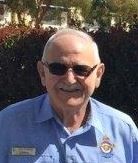
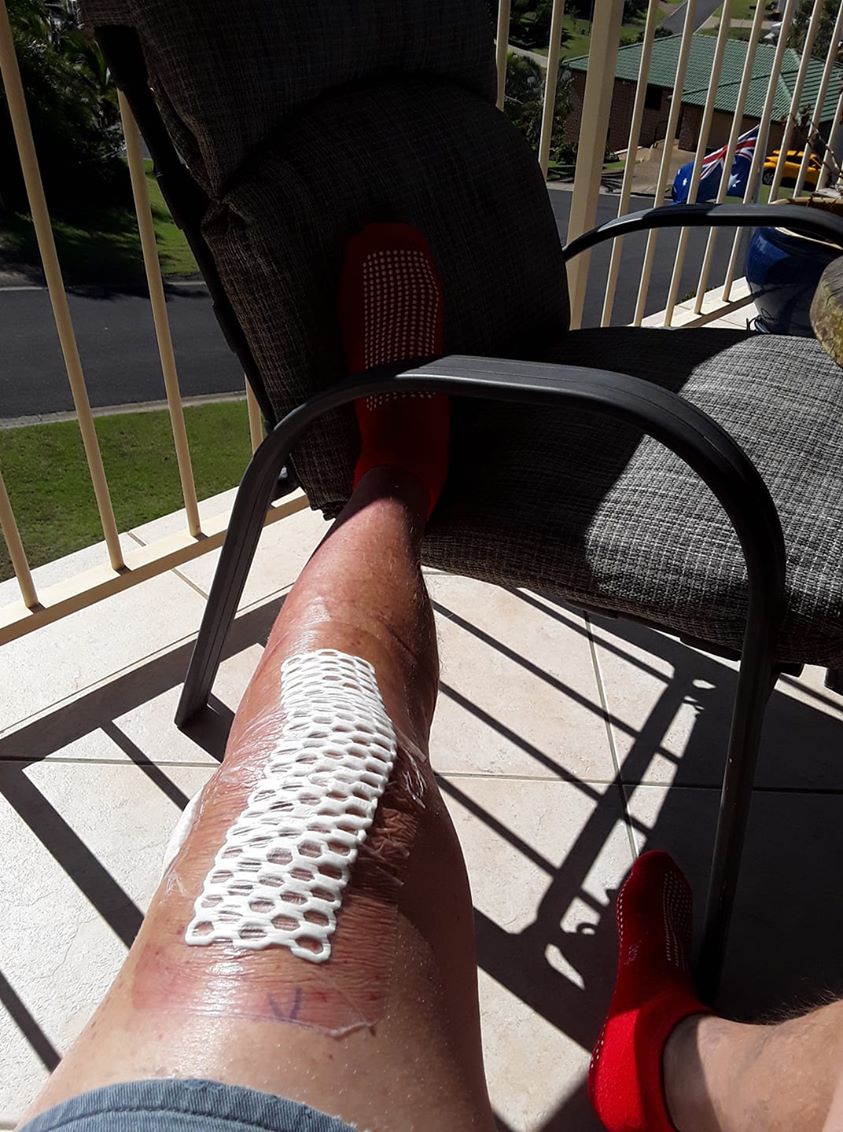

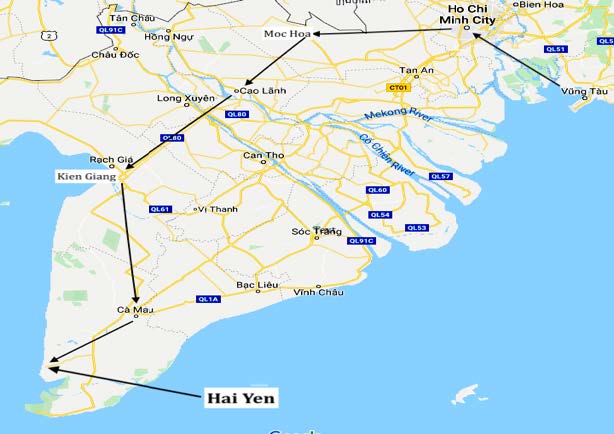
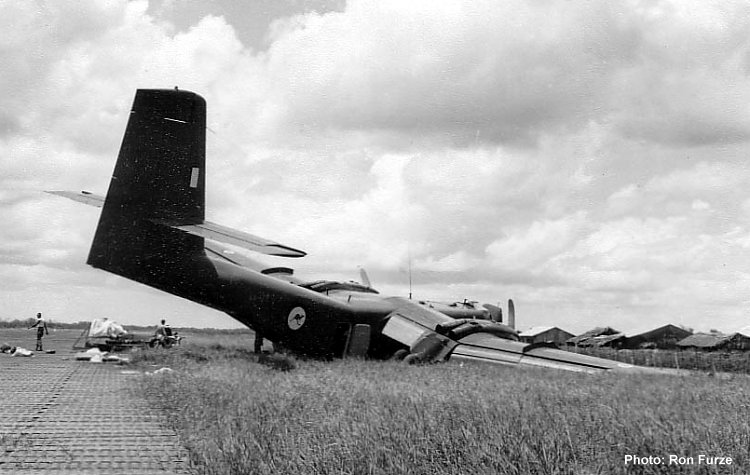
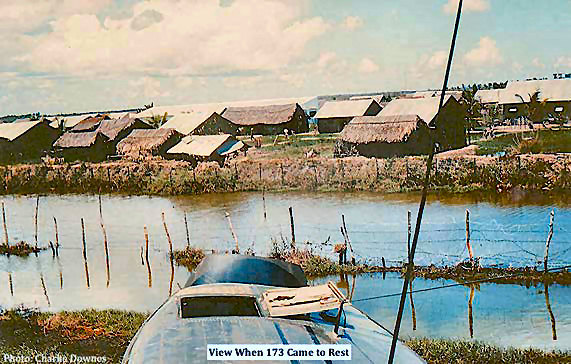
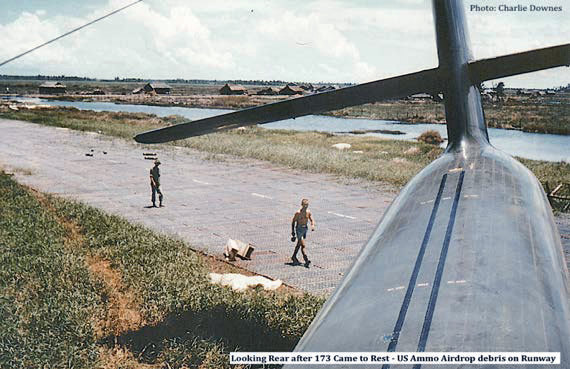
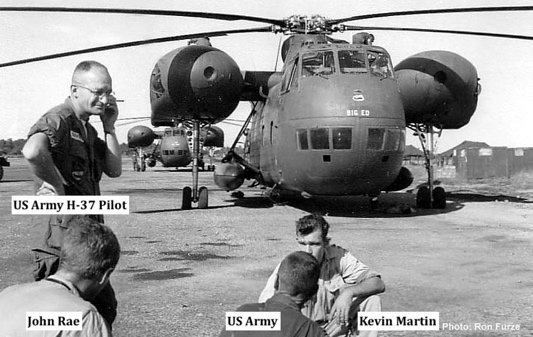
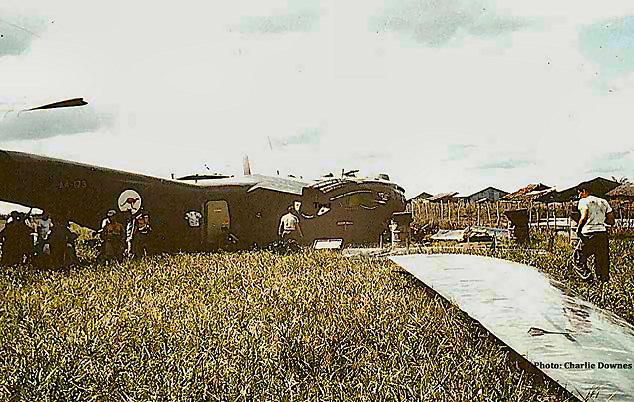
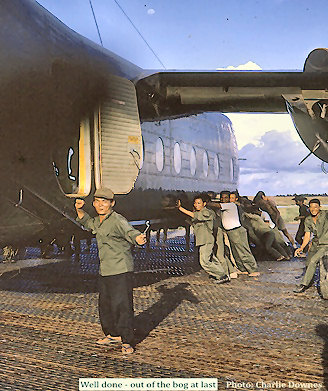
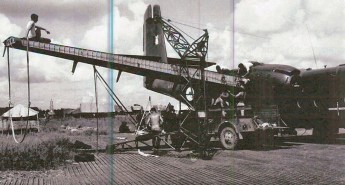
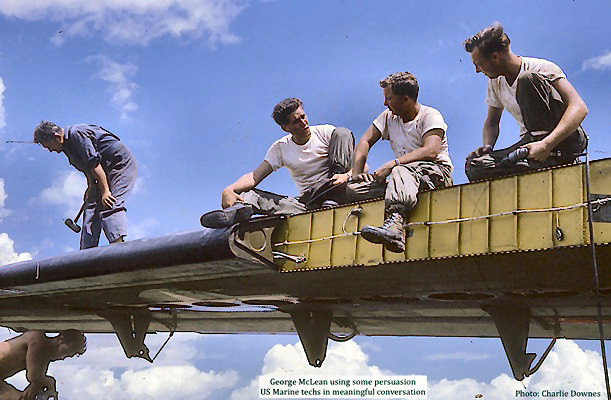
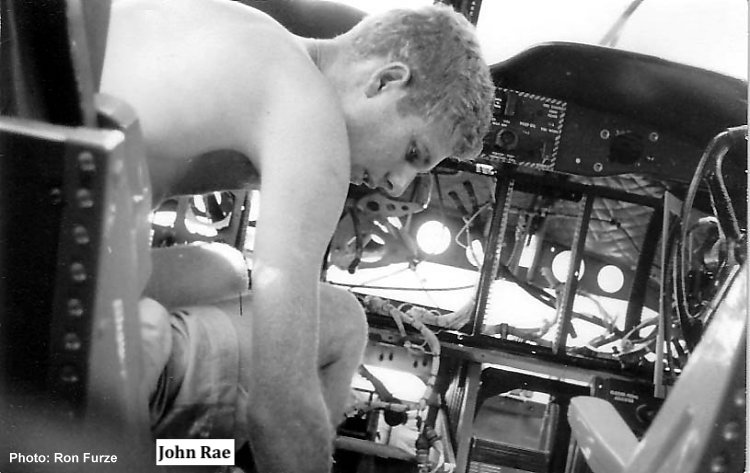
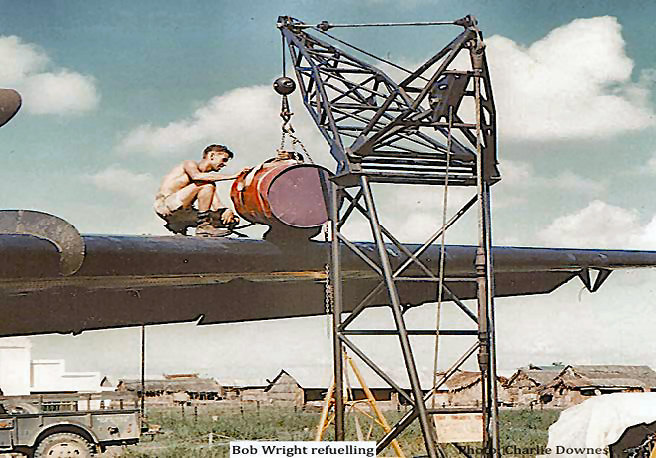
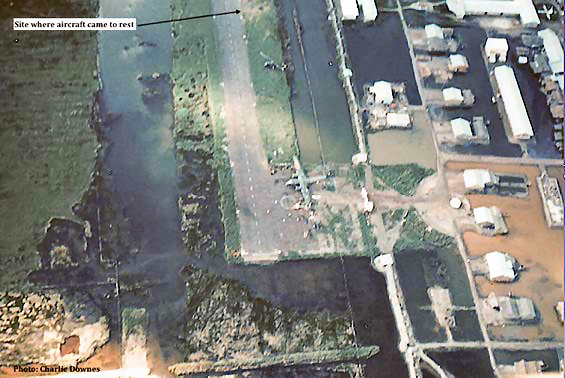
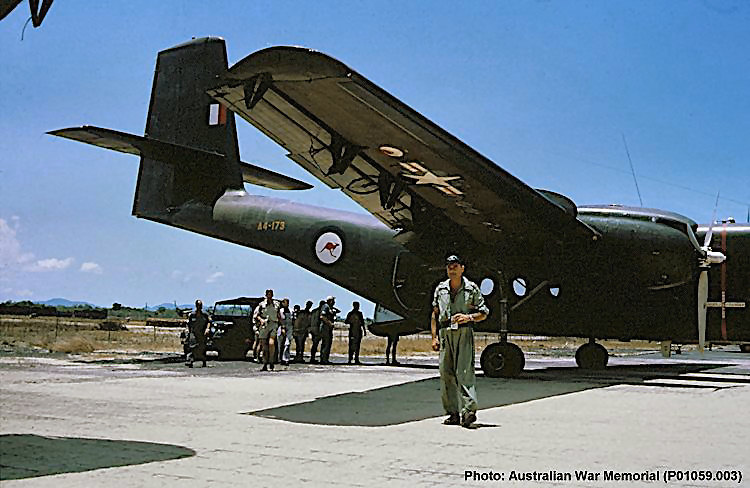
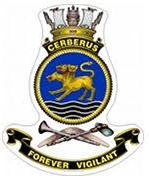 Navy. (This is really an extremely simplified version of all the
machinations that transpired, including the independent evaluation of
our training requirements as being Certificate 4 level, whereas our pay
structure (as well as air trades) was tied to Certificate 3! Army were
in fact based on Certificate 4 and so were incompatible.)
Navy. (This is really an extremely simplified version of all the
machinations that transpired, including the independent evaluation of
our training requirements as being Certificate 4 level, whereas our pay
structure (as well as air trades) was tied to Certificate 3! Army were
in fact based on Certificate 4 and so were incompatible.)